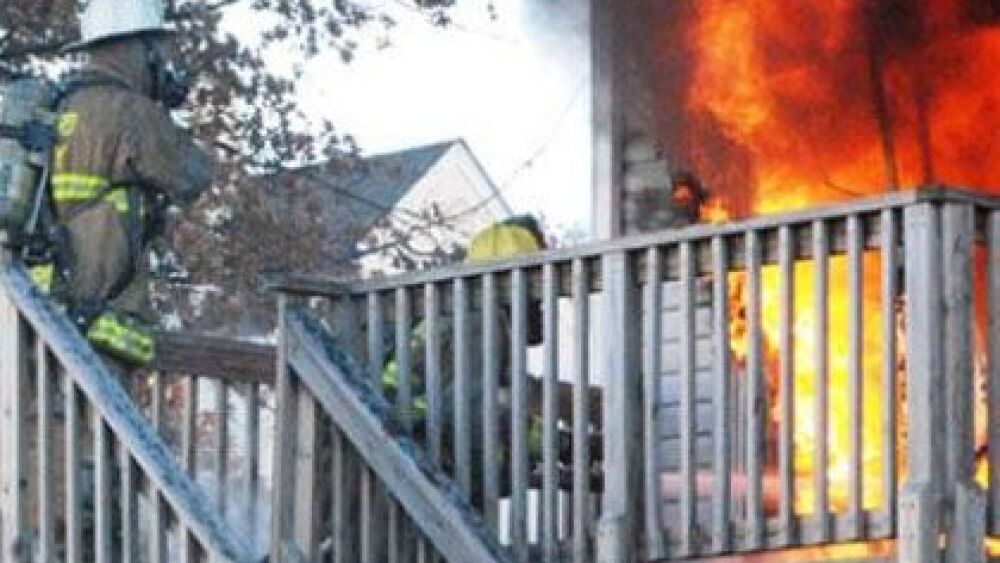The FireRescue1 Academy features “Building Construction,” a 1-hour course to give firefighters a broader and deeper understanding of material. Complete the course to learn about building forces and loads, the use of space, the signs of fire spread and a building’s potential for structural collapse. Visit the FireRescue1 Academy to learn more and for an online demo.
By Sarah Calams, FireRescue1 Associate Editor
How often do your firefighters review fireground tactics for residential structures? Furthermore, how do you assess their competency?
These were two of seven questions asked in a survey to help us identify how fire departments train for residential structure fires.
The majority of respondents (37 percent) were firefighters. Twenty-four percent were company officers and other respondees included battalion chiefs, firefighter/pump operators, firefighter/instructors, fire marshals and a past assistant chief.
While 40 percent of respondents said their firefighters review tactics monthly, 9.9 percent of respondents said they review tactics every shift.
Here are the top four takeaways on how fire departments are training for residential structure fires:
1. Many departments focus on suppression in regard to residential structure training
An overwhelming majority of respondents (47 percent) said they focus most on suppression. Other responses included ventilation, ICS tactical priorities, SLICE-RS, apparatus placement, line selection, stretch and placement, and more.
2. Training ground evolutions are most commonly used to assess firefighter competency
Training ground evolutions was the No. 1 selection among respondents (78 percent). Interestingly, online and written quizzes came in 3 and 4 percent, respectively.
3. A surprising percentage of departments do not document completion of structure tactic training
Eighteen percent of respondents said their completion of training is not documented. However, 59 percent of respondents said they document completion through a records management system.
4. Most firefighters learn from experience
It was no surprise to see that 81 percent of respondents said they use incidents the company responds to in order to generate ideas for training activities, while 63 percent said they use hazards in their service area.
The question, “What resources would most help you prepare and deliver company-level training on residential structure tactics” sparked a number of inquiries. Some of the top responses included:
- Videos and hands-on training activities.
- Real-time evolutions of size-up and reading critical fireground factors.
- Additional acquired structures to train on.
- A balance between hands-on learning and book work.
- Additional live fire training.
- Simulated scenarios.
- Constant up-to-date training articles from firefighter websites and publications.
Do you have additional training questions or suggestions? Let us know in the comment section below.


















